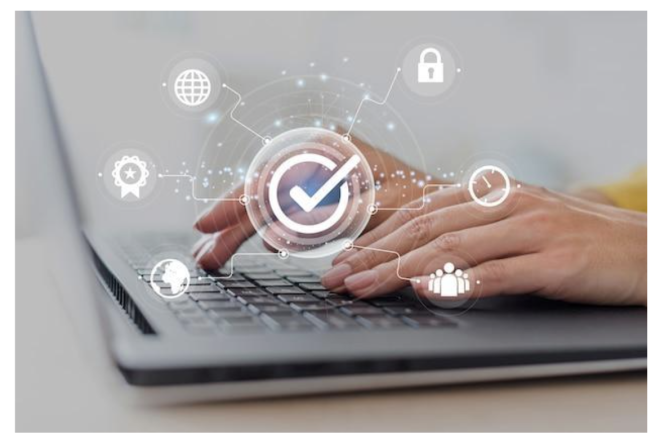- Change theme
CISOs as Culture Architects: Building a Security-First Organization

Today's digital landscape requires security leaders to shift from technical enforcers to organizational influencers.
12:08 14 May 2025
Today's digital landscape requires security leaders to shift from technical enforcers to organizational influencers. The modern Chief Information Security Officer faces a significant challenge that extends beyond managing technical defenses: changing the company culture to make security everyone's responsibility.
Effective security now requires participation at every level of an organization. CISOs who have traditionally focused on tools and compliance will need to learn new skills in leadership, communication, and change management.
From Gatekeeper to Business Partner
The outdated perception of security teams as limitations to progress is fading. Forward-thinking CISOs position themselves as enablers and support business goals through appropriate risk management rather than simply preventing activities.
The transformation begins with executive alignment. Security leaders must communicate with C-level executives through translating technical concerns into business impact. Boards are more willing to provide necessary resources and visible support when they are aware of how security culture impacts revenue and reputation.
The most successful CISOs speak about security in terms of competitive advantage and explain how strong security practices can win customer trust and open new market opportunities, particularly in regulated industries.
Security awareness programs also need reinvention. Static annual training does little to change behavior. Instead, security teams find success through regular engagement, relevant real-world examples, and making security practices fit naturally into daily workflows.
Organizations see better results when security feels seamless rather than burdensome. Simple reporting mechanisms, streamlined authentication, and automated security processes remove friction that might otherwise tempt employees to create workarounds.
Security Lessons from Online Casinos
Online gambling platforms are particularly vulnerable to cyber threats, so many invest heavily in advanced security infrastructure. Digital gambling platforms operate in environments filled with constant attacks on financial data and transactions. These companies are under intense pressure to protect customer information and funds while maintaining smooth operations.
Online casinos incorporate security into all aspects of their business model. Multiple layers of protection work together to verify identities and detect suspicious activity, from account creation to cash withdrawals. Many players also now choose fast withdrawal casinos as some of these use cryptocurrency for deposits and withdrawals, allowing players to access their funds without submitting personal documents. Crypto is also one of the most secure transaction methods as the blockchain technology that they use makes it very difficult for hackers to intercept transactions.
One notable feature of these organizations is how cybersecurity goes beyond departmental boundaries.
Customer service representatives learn how to identify potential fraud indicators, payment processors analyze transaction patterns, and game developers stick to secure coding standards. This comprehensive approach results in a system in which security considerations guide all decision-making. Security breaches result in immediate financial losses and damages the casino's reputation. This clear link between security and business outcomes encourages organizational commitment. This model can be used in other industries to establish a clear link between security practices and business results.
Building Networks of Security Champions
CISOs cannot personally contact or monitor all employees or systems. Successful security culture programs rely on networks of representatives to promote safe practices within their departments. These security champions receive specialized training and serve as local experts who can answer questions, identify issues, and communicate security messages that are relevant to their colleagues.
A developer champion may advocate for code scanning tools and secure development practices and a marketing advocate may focus on customer data security and third-party integrations. These representatives increase the security team's influence throughout the organization.
Effective CISOs provide these champions with recognition programs, extra resources, and regular communication channels. Employees are more likely to adopt similar attitudes when they observe their peers taking an active interest in security.
Measuring Cultural Progress
Security culture evolves slowly, but specific indicators can help track progress. Metrics beyond technical compliance are tracked by forward-thinking companies, such as employee feedback on security policies and procedures, training completion rates and knowledge retention, security consideration in project planning documents, and security incident reporting rates that demonstrate employee vigilance. These measurements allow CISOs to demonstrate progress to leadership and identify areas that require additional attention. Regular assessments keep the cultural transformation on track.
The transition from security as a technical function to security as a cultural value requires patience and perseverance. CISOs who successfully navigate this transformation protect their organizations more effectively while fostering innovation and growth. Security leaders can foster long-term cultural change that strengthens organizational resilience against evolving threats if they emphasize collaboration, usability, and shared ownership.
